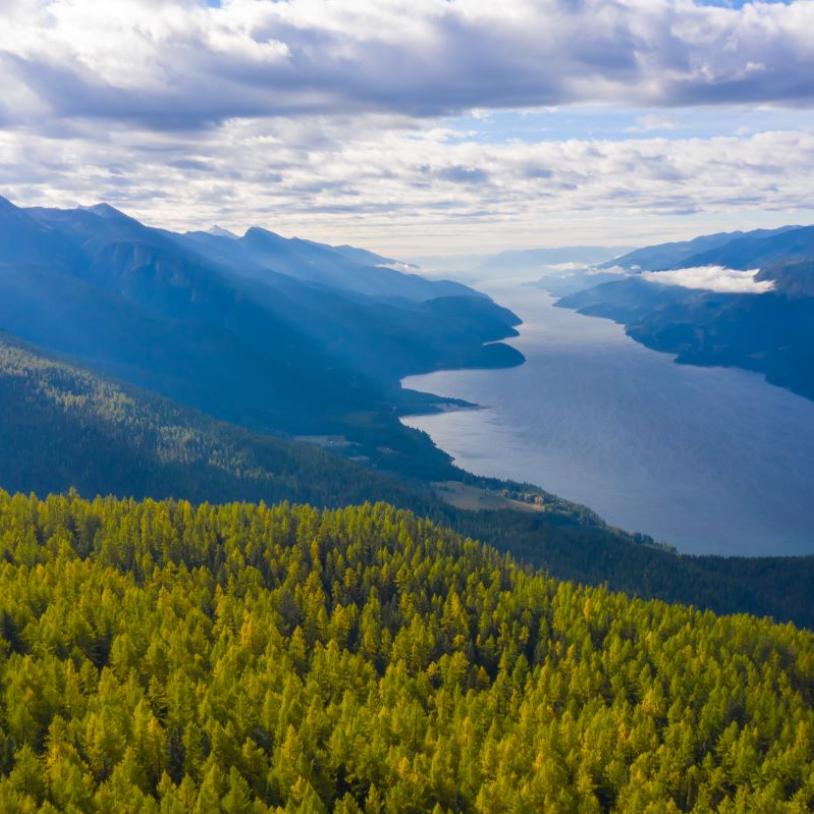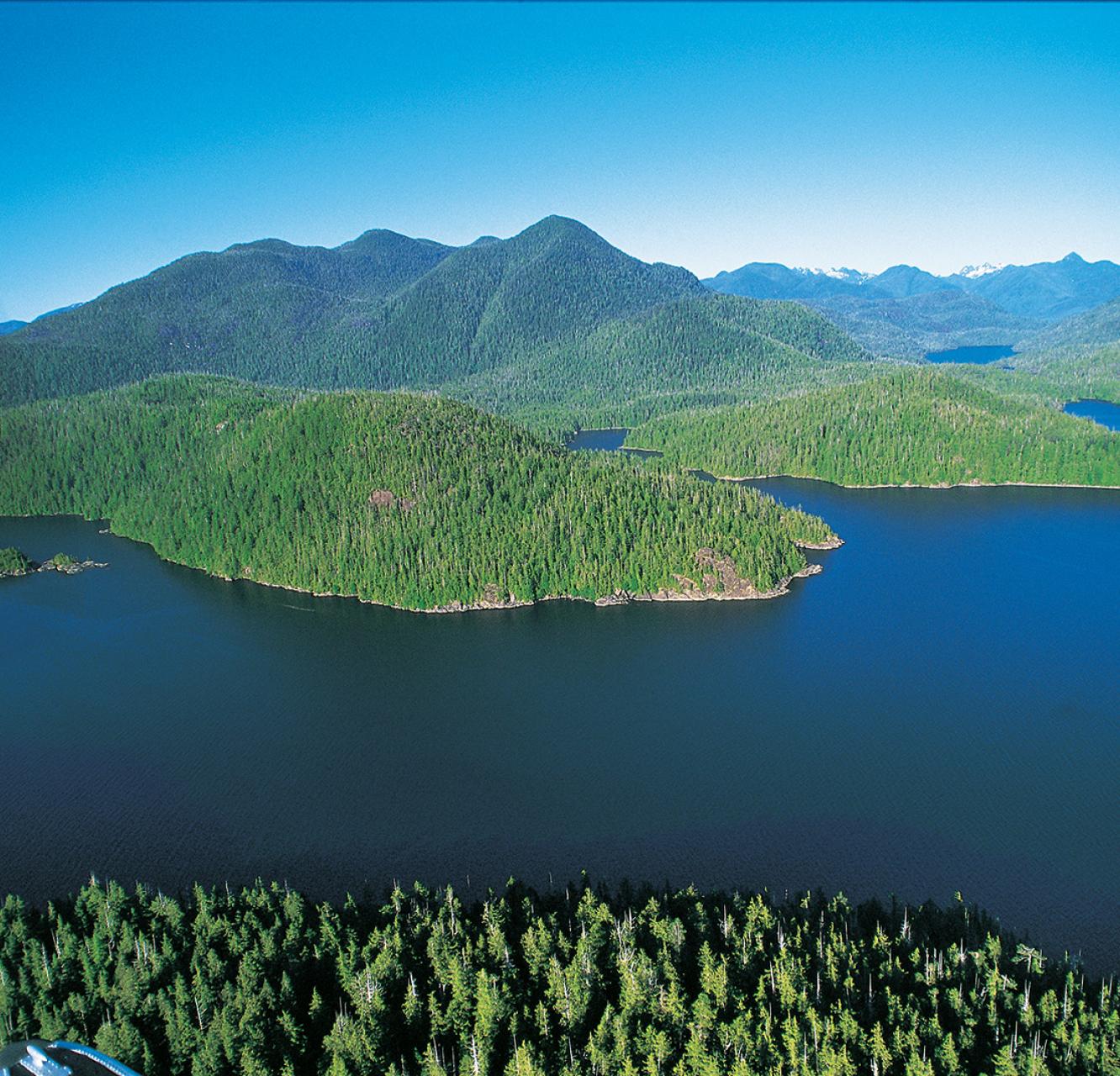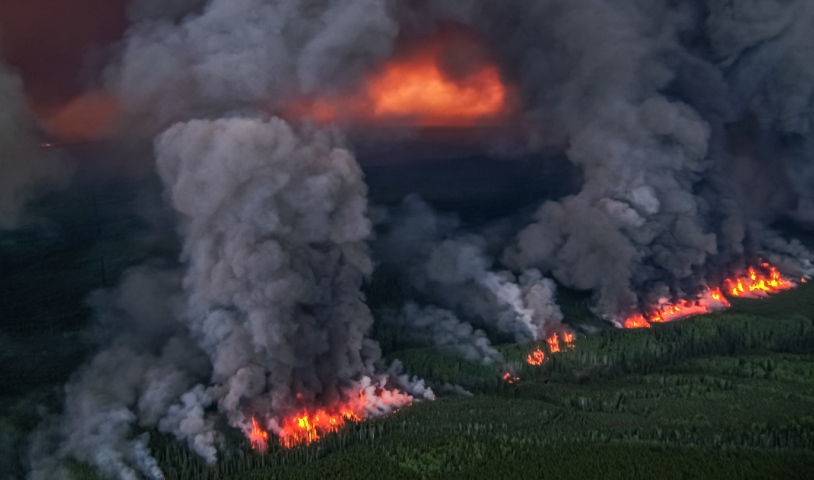Why an international coalition is going all out to stop mining in B.C.’s Skagit headwaters
Monday, June 17, 2019
Imperial Metals, the company responsible for the Mount Polley tailings pond disaster, has applied to drill in southwestern British Columbia, in the headwaters of a river that provides water for millions of people
Gold and copper mining in the unprotected area sandwiched between Manning and Skagit Valley Provincial Parks, known as the Skagit Doughnut Hole, would threaten wildlife, water quality and Indigenous communities in the U.S. and Canada, says an international coalition calling on the B.C. government to reject an exploration application by Imperial Metals.
The coalition of more than 110 conservation, recreation and wildlife groups, local politicians, businesses and Indigenous communities from both sides of the border has launched an advertising campaign calling on the B.C. government to turn down the application for a five-year exploration permit with five surface trenches, drill pads and “mother holes” of 2,000 metres, with directional drilling.
Conservation groups are deeply concerned about the possibility of mining in the sensitive 6,000-hectare area — home to numerous endangered species and key to the recovery of species such as grizzly bear, northern spotted owl and bull trout.
They also point to Imperial Metals’ dubious track record in the province. The company was responsible for the 2014 Mount Polley disaster, which saw the catastrophic collapse of a tailings dam at a copper and gold mine in central B.C., sending 25 billion litres of mine waste and sludge into nearby waterways.
An investigation found the dam collapse was caused by a badly designed dam whose construction failed to account for glacial silt under the pond. But no fines have been levied or charges laid and the mine waste continues to pollute Quesnel Lake.
Joy Foy, co-executive director of the Wilderness Committee, said the company responsible for the largest tailings dam failure in Canadian history should not be allowed near the Skagit Doughnut Hole.
“It would be hard to imagine a worse place for a mine than the Skagit Headwaters or a mine company with a worse record to be involved than Imperial Metals,” Foy said.
“It would be hard to imagine a worse place for a mine than the Skagit Headwaters or a mine company with a worse record to be involved than Imperial Metals.”
In 1996 Skagit Valley was given a provincial park designation, merging the area with Manning Park, but the middle was left out because of mineral claims that have existed since the 1930s. Most of the claims are held by Imperial Metals.
The Skagit River flows from B.C. through Washington State and the North Cascades National Park and into Puget Sound. It supports the largest populations of threatened steelhead and Chinook salmon in the Puget Sound.
“It’s a huge concern when it comes to water and fish impacts,” Washington Wild executive director Tom Uniack told The Narwhal.
“This is an international watershed and the Skagit flows south through Washington State and contributes one-third of the fresh water into Puget Sound. It has a huge, huge impact on our salmon and increasingly on the endangered orcas that rely on those salmon populations,” Uniack said.
In 1984, Canada and Seattle City Light, a publicly owned electricity utility, came to an agreement known as the High Ross Treaty. They formed the Skagit Environmental Endowment Commission, with four members appointed by Seattle and four by B.C., with a mandate to conserve and protect the wilderness area in the watershed and to acquire mineral and timber rights in the Upper Skagit Watershed “consistent with conservation and recreational purposes.”
Last year, despite that treaty, B.C. Timber Sales — an agency within the provincial ministry of forests, lands and natural resource operations — quietly approved logging in the Doughnut Hole without alerting the commission, which brought a sharp rebuke from Seattle Mayor Jenny Durkan.
Durkan, who is calling for B.C. to abide by the treaty, said in a statement in April that mining would “harm the integrity of a watershed that is critical to millions of people in Seattle and our region.”
Uniack said there are many concerns about B.C.’s actions, pointing out that mining companies on both sides of the border benefit from outdated laws. The long-term solution is to purchase the mineral and timber rights for the area, he said.
“The key thing to know here is the B.C. government can deny this [the application],” he said.
B.C.’s mining regulations came under fire last week from all eight senators from Alaska, Montana, Washington and Idaho. The senators wrote to Premier John Horgan saying contamination from B.C. mines is threatening U.S. businesses, citizens and resources.
The senators want binding international protections to ensure B.C.’s mining laws match U.S. legislation.
First Nations in B.C. and tribes in the U.S. are among those calling for B.C. to reject the Imperial Metals application. Amy Trainer of the Swinomish Indian Tribal Community said the community’s way of life could be threatened by mining in the watershed.
“The Swinomish Tribes are adamantly opposed to any new mining in the headwaters. We depend on salmon for ceremonial, subsistence, spiritual and commercial activities and Imperial Metals gold mining would threaten those activities. That’s the tribes’ way of life,” she told The Narwhal.
“We want the B.C. government to protect the integrity of the whole Skagit River ecosystem that includes our cultural resources,” Trainer said, adding that mining and logging in the area does not reflect the spirit of the High Ross Treaty.
Brian Cladoosby, chair of the Swinomish Indian Tribal Community, said wild salmon are the central pillars of treaty-protected rights.
“Mining in the Skagit River headwaters is antithetical to salmon recovery and our way of life,” he said.
The mining proposal is equally unpopular on the B.C. side of the border. Grand Chief Stewart Phillip, president of the Union of B.C. Indian Chiefs, is calling on the provincial government to uphold the UN Declaration on the Rights of Indigenous Peoples.
“The proposed mining in the Skagit headwaters poses a significant and devastating threat to our inherent Indigenous title and rights and the fish, wildlife and natural and cultural resources on which our existence is based,” Phillip said.
The provincial decision on whether to approve the exploration permit will be made within B.C. ministry of energy and mines.
A ministry spokesman said public consultation ended last month, but First Nations consultations are continuing and it is not known how long it will take the non-political, ministry decision-maker, to assess the information.
PHOTO: A hiker on Silverdaisy Peak in the area known as the 'Doughnut Hole' in the headwaters of the Skagit River. In 1996, Skagit Valley was given a provincial park designation, merging the area with Manning Park, but the middle was left out because of mineral claims that have existed since the 1930s, creating the area known as the 'Doughnut Hole,' now the subject of an application for a mining exploration permit by Imperial Metals. IMAGE CREDIT: Wilderness Committee





